When it comes to Japanese food, onigiri is a very Japanese thing, I’d say. According to Wikipedia, it is called onigiri (おにぎり), omusubi (お結び), or nigirimeshi (握り飯). I usually call it onigiri. Nowadays, I’ve heard that onigiri is getting popular all over the world. For me, personally, onigiri is very convenient, and what is more, it is portable, nutritious, less greasy, and fills your stomach instantly. In retrospect, onigiri wasn’t a popular item sold at supermarkets or any food stores in my childhood. I remember there was an onigiri bento box; it was a part of a bento box, so there was onigiri and other dishes together. Looking back at the time, it is considered that onigiri was a dish that you cooked at home in the 1980s, and not one you bought. I couldn’t have imagined that there would be onigiri on the shelves of every convenience store, here and there now in Japan. Now, it’s safe to say onigiri is one of the main selling items at the “conbini.” If you’re staying in Japan, you might want to go and grab some onigiri. Today, I’m going to share my recommendation. Let’s get started.
1. History
According to Wikipedia, around 1800 B.C., the first onigiri was founded at a village site. Wow, it’s been around for over 2,000 years! As for the name, onigiri (おにぎり=お握り), nigiru (にぎる=握る)means grabbing something to shape it. When you cook onigiri, you grab a ball of rice from the rice cooker, and then you need to shape it by using your palm and fingers in order to make it good. That is why people call it o-nigiri(おにぎり). Since it’s portable, it’s been popular for lunch dishes for people from many walks of life. From the late 1970s to the early 1980s, many businesses put effort into making the dried seaweed (海苔: のり:nori) crispy. Why is crispiness so crucial? When you eat freshly cooked onigiri, the texture of the dried seaweed is really crispy. We called it “パリパリ= pari pari, crispy). Crispy seaweed makes the taste savory. However, after a few minutes, the perfect crispiness starts to fade. It gets more soggy. That is what people love. Finally, the businesses invented special packaging, and they widely spread all over the nation.
2. Shape and Fillings
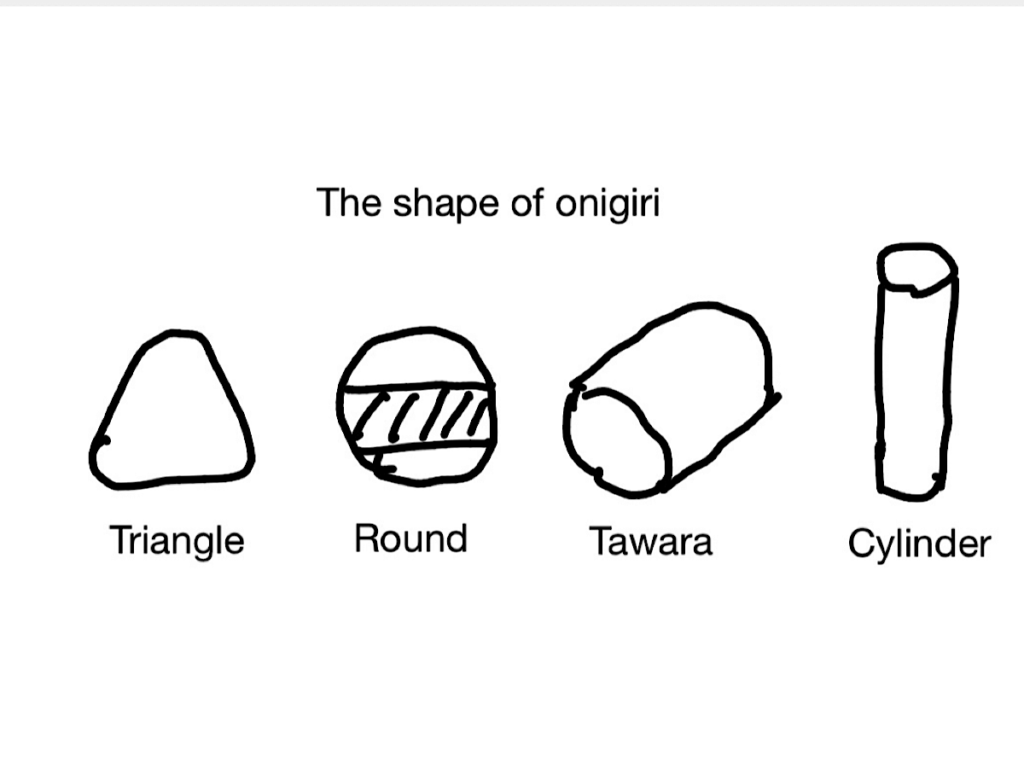
As for fillings, actually, the variation is endless. Grilled salmon = 鮭 (sake), spicy cod roe = 辛子明太子 (karashi mentaiko), tuna with mayonnaise = ツナマヨ (tuna-mayo), salted plum = 梅干し (umeboshi), bonito flakes with soy sauce = おかか・鰹節 (okaka), just to name a few.
What’s the difference between onigiri and sushi?
They’re absolutely different. First of all, sushi uses rice mixed with vinegar and then lets the temperature cool down to a certain level. Secondly, the freshness of ingredients is crucial for sushi. It’s the best time to eat when it is served to you.
Well, we’ve talked enough about that, so let’s move on to my recommendation!
Grilled sausage onigiri = 直火焼ソーセージ (jikabi-yaki sausage)
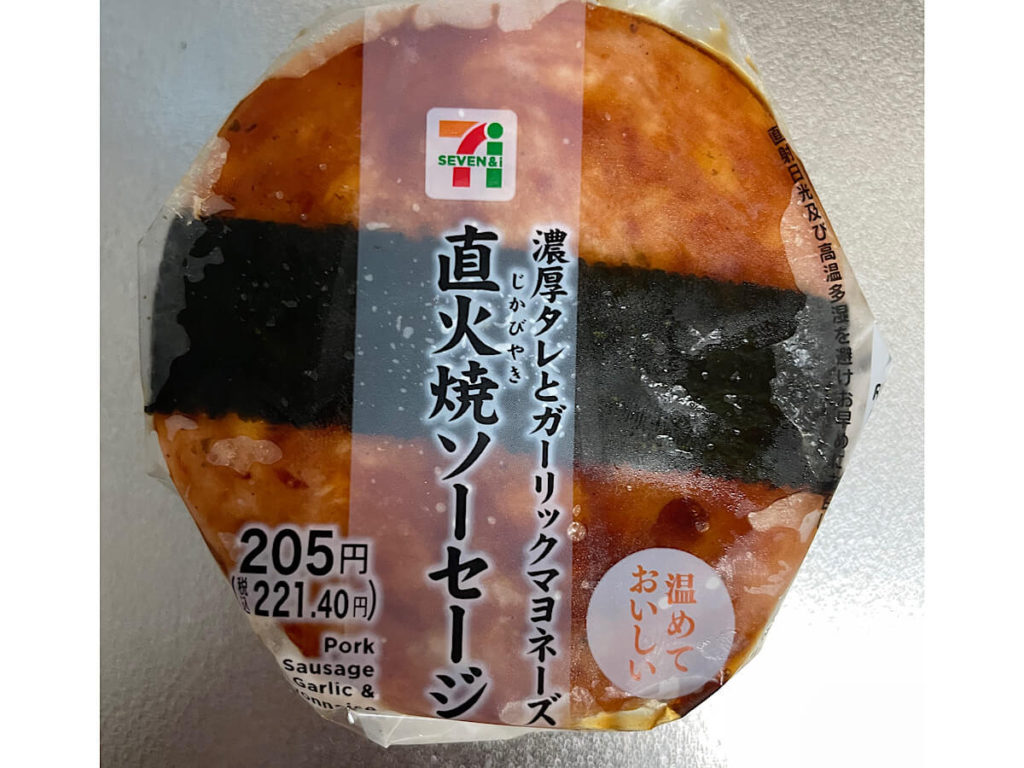
A little Tip at Conbini
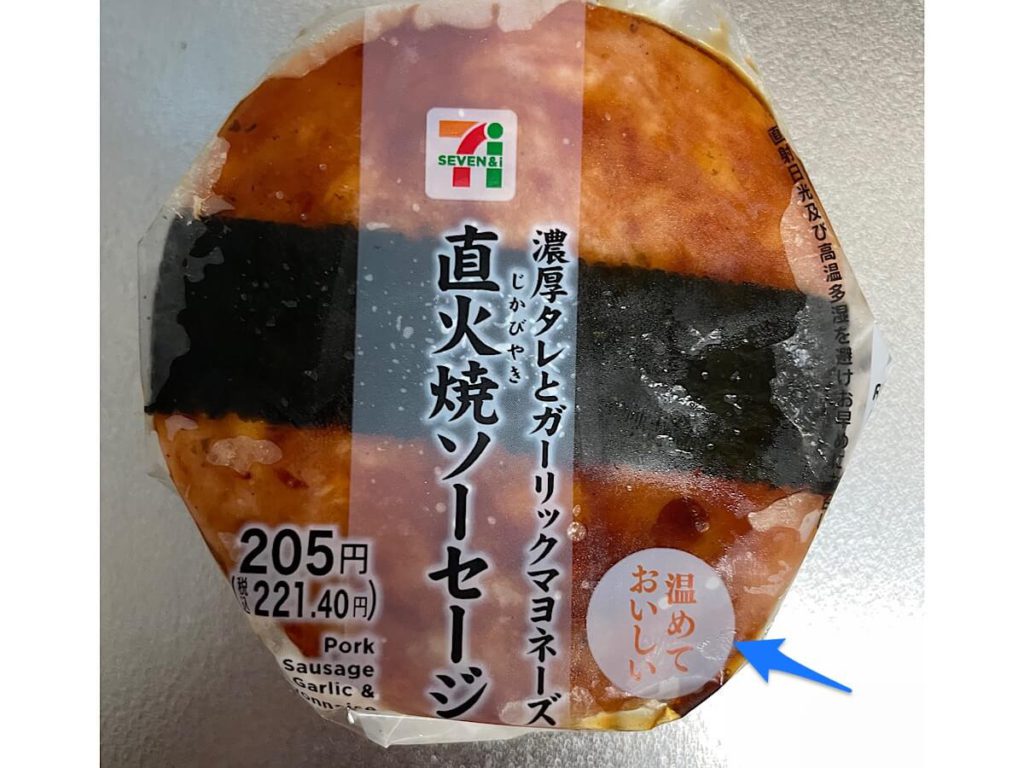
Onigiri salty flavor = 塩おにぎり(shio onigiri)
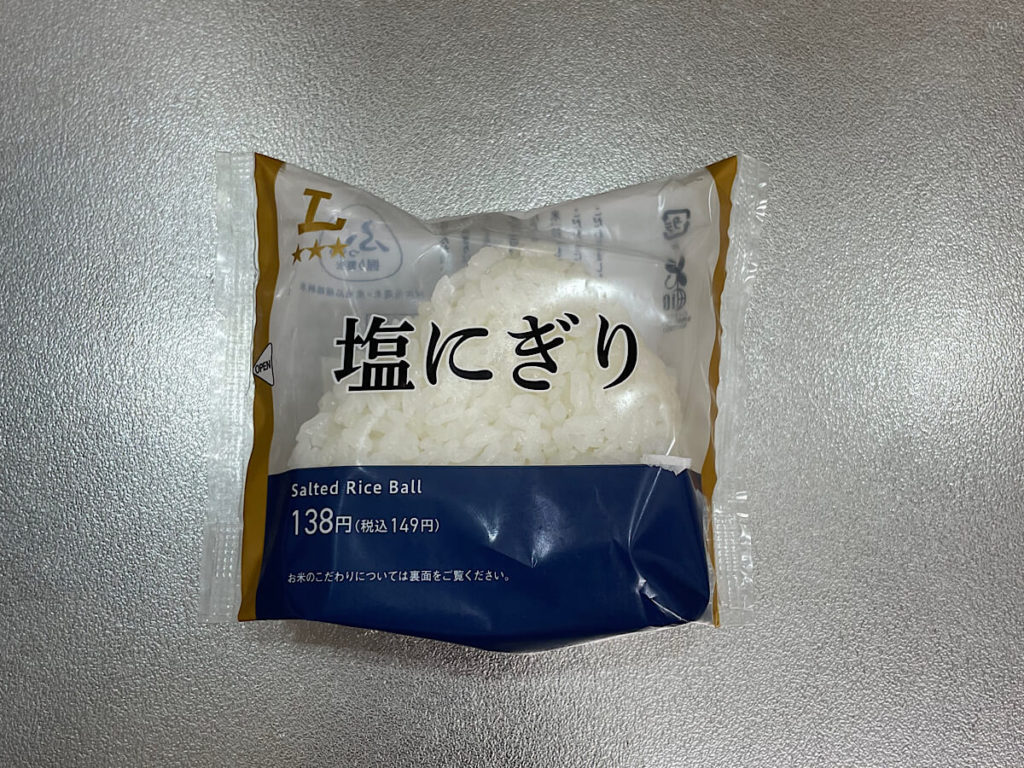
Natto roll = 納豆巻(natto maki)
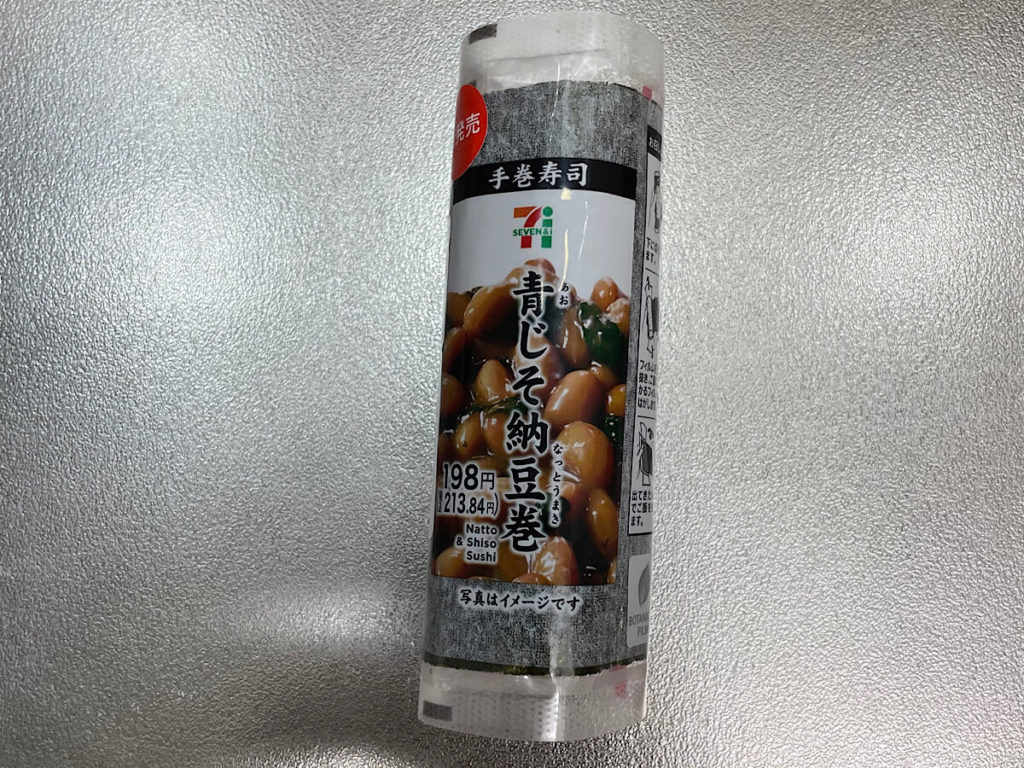
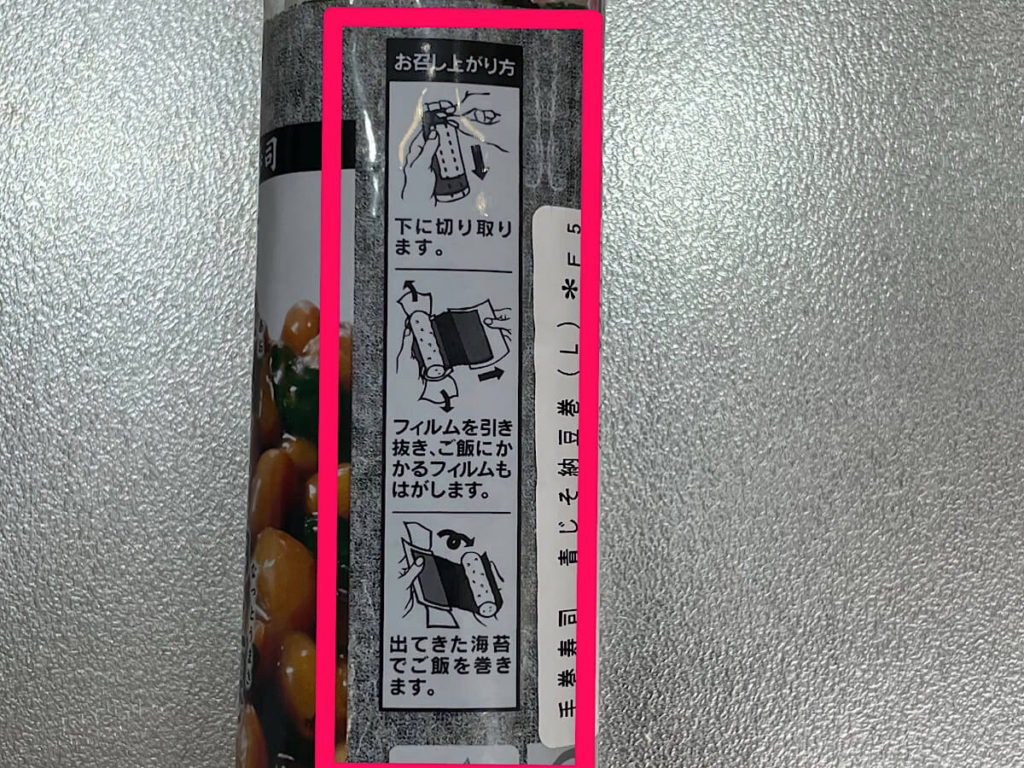
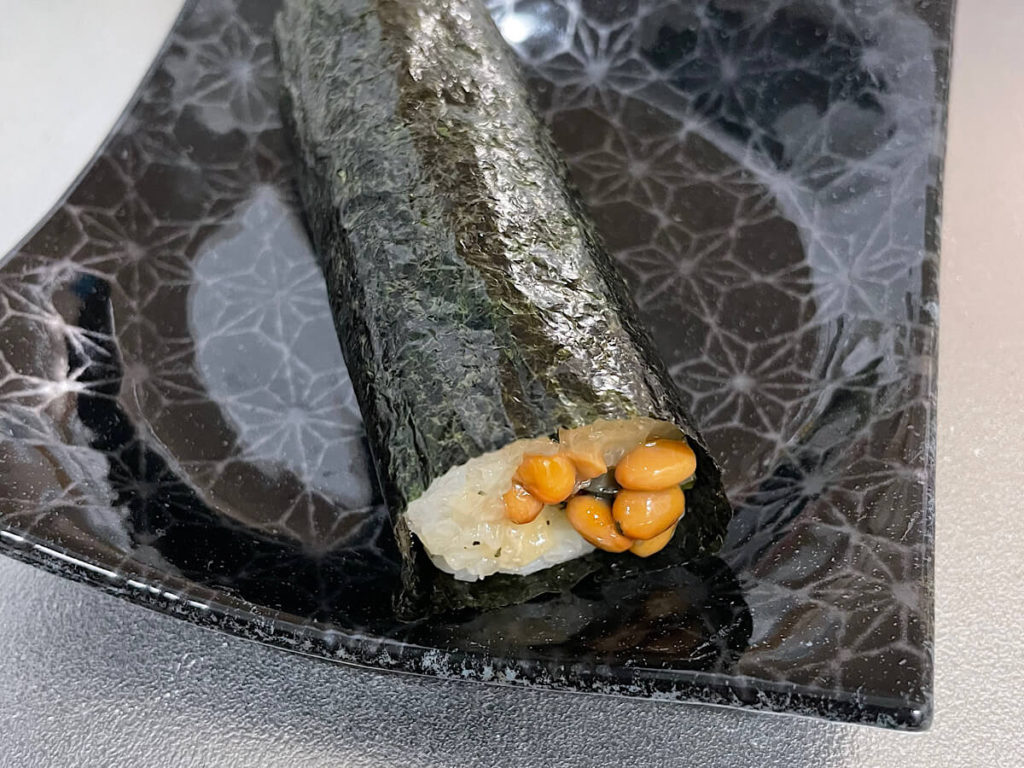
Tuna mayo onigiri = シーチキンマヨネーズ(Sea Chicken Mayonaise)
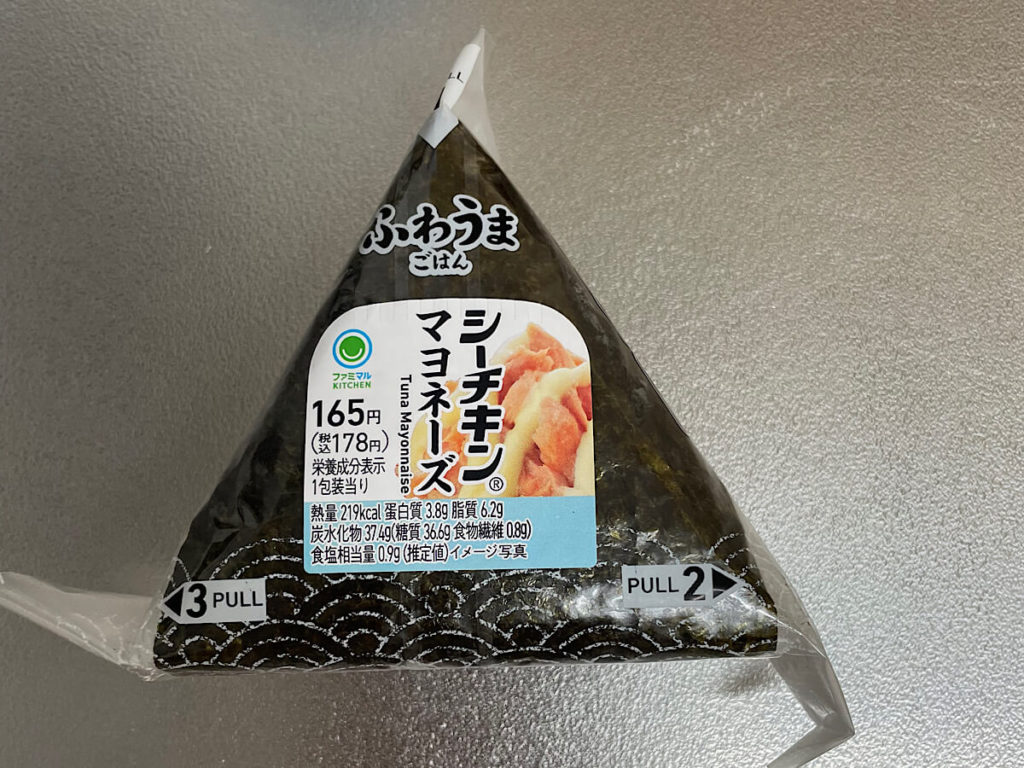
Grilled salmon = しゃけ or 鮭(Both shake and sake are the same fish)
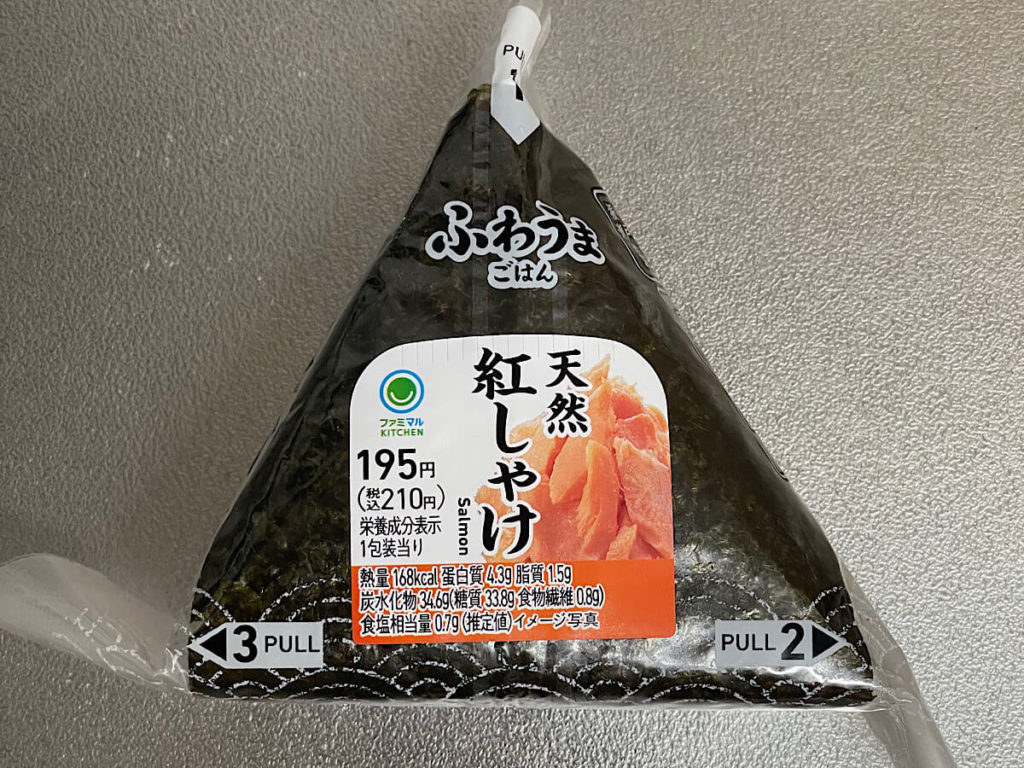
Salted plum = 梅干し(umeboshi)
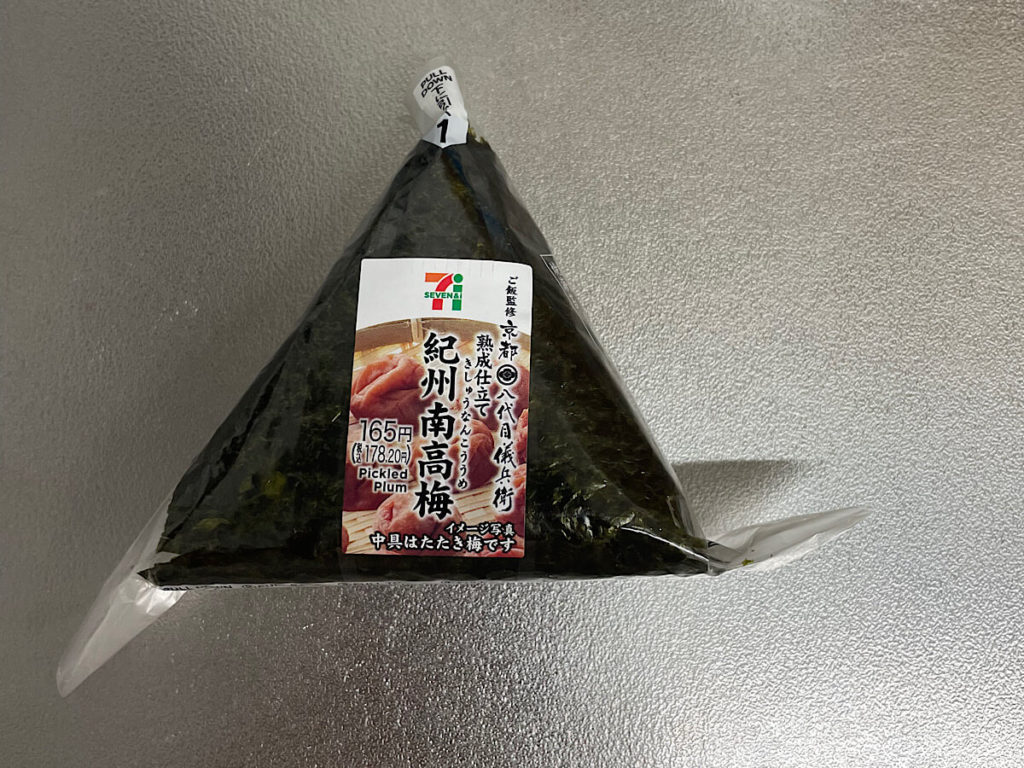
Spicy cod roe = 辛子明太子 (karashi mentaiko)
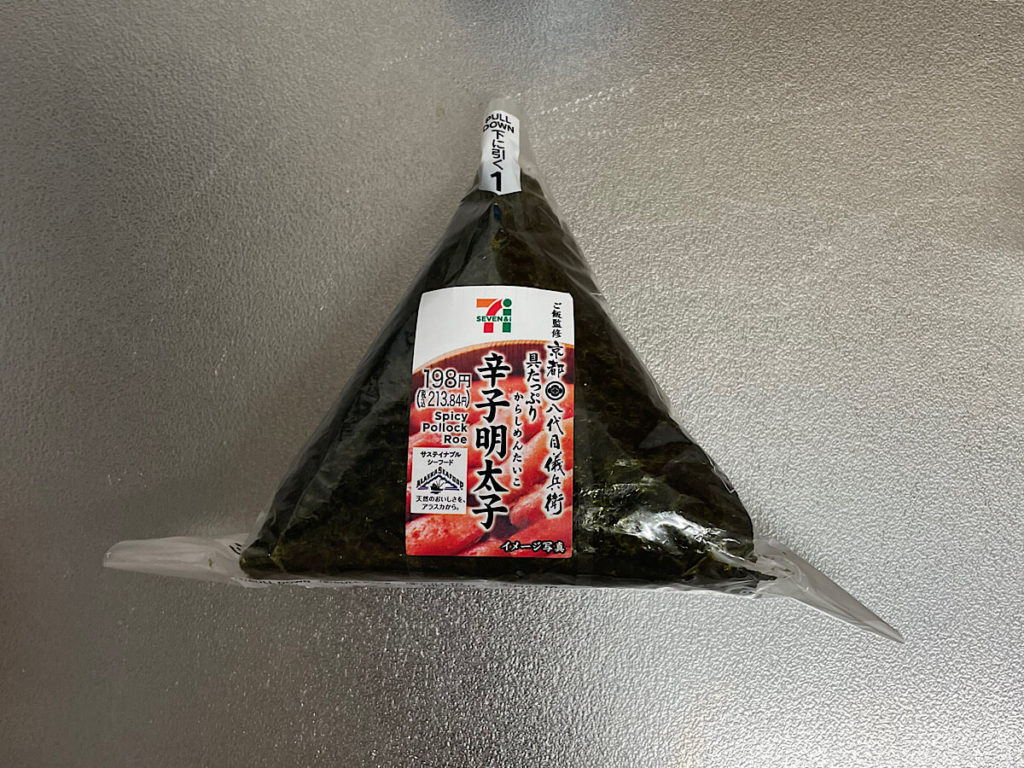
How to open onigiri
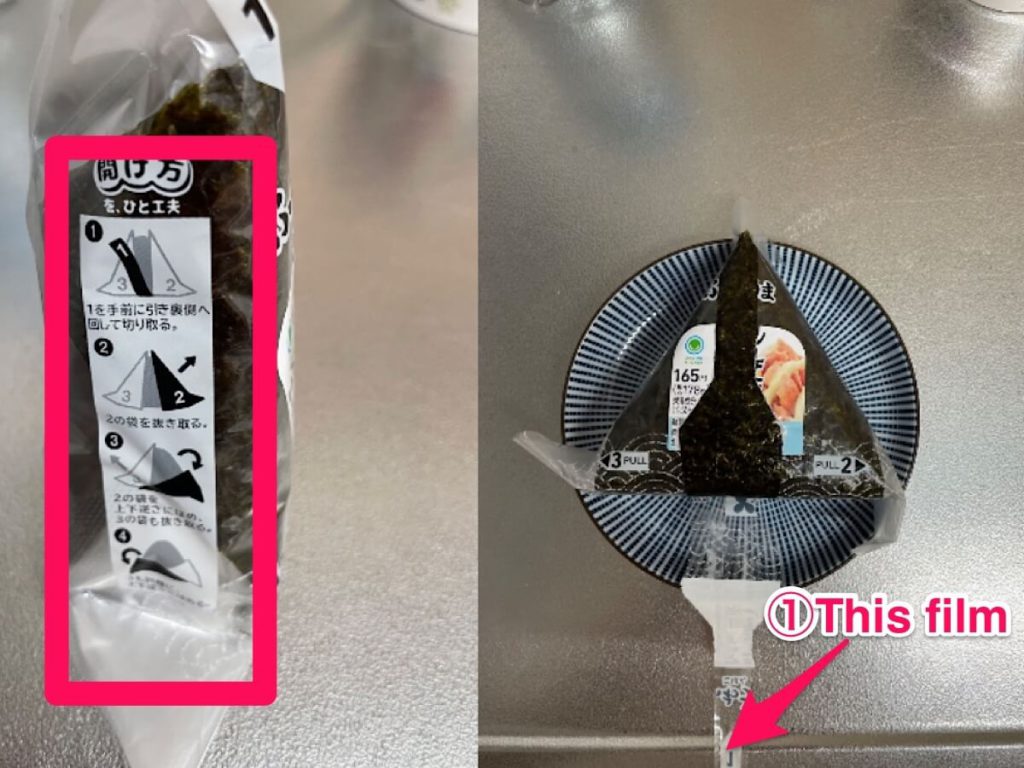
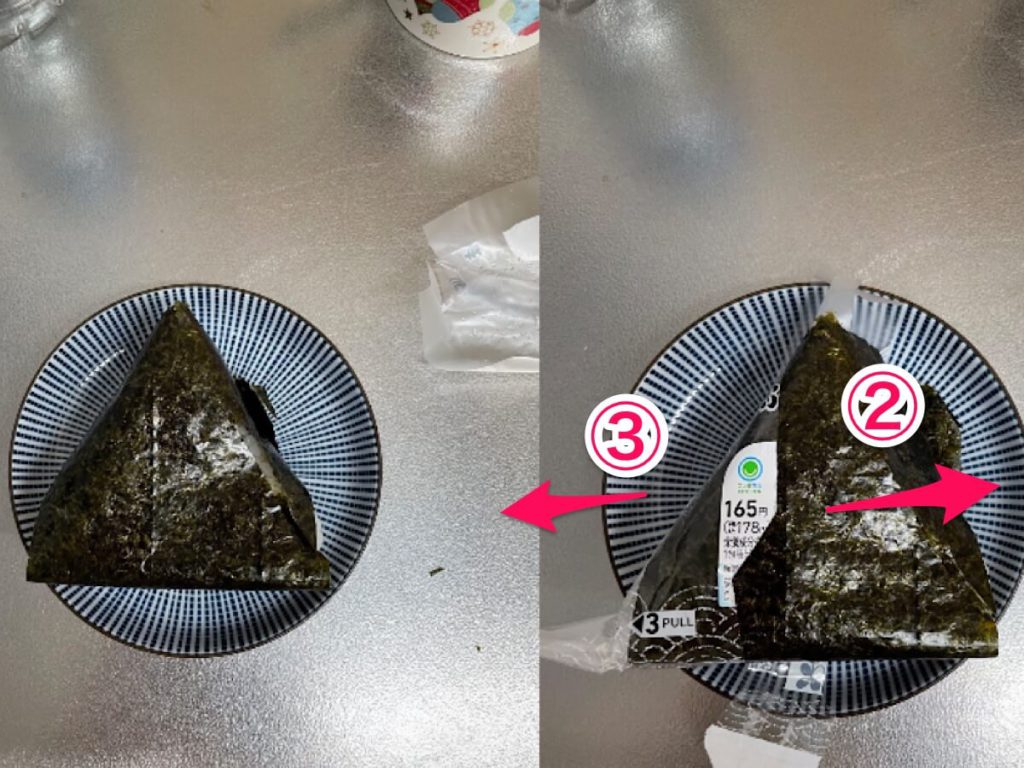
Yolk with soy sauce onigiri = たまご醤油 (tamago syoyu)
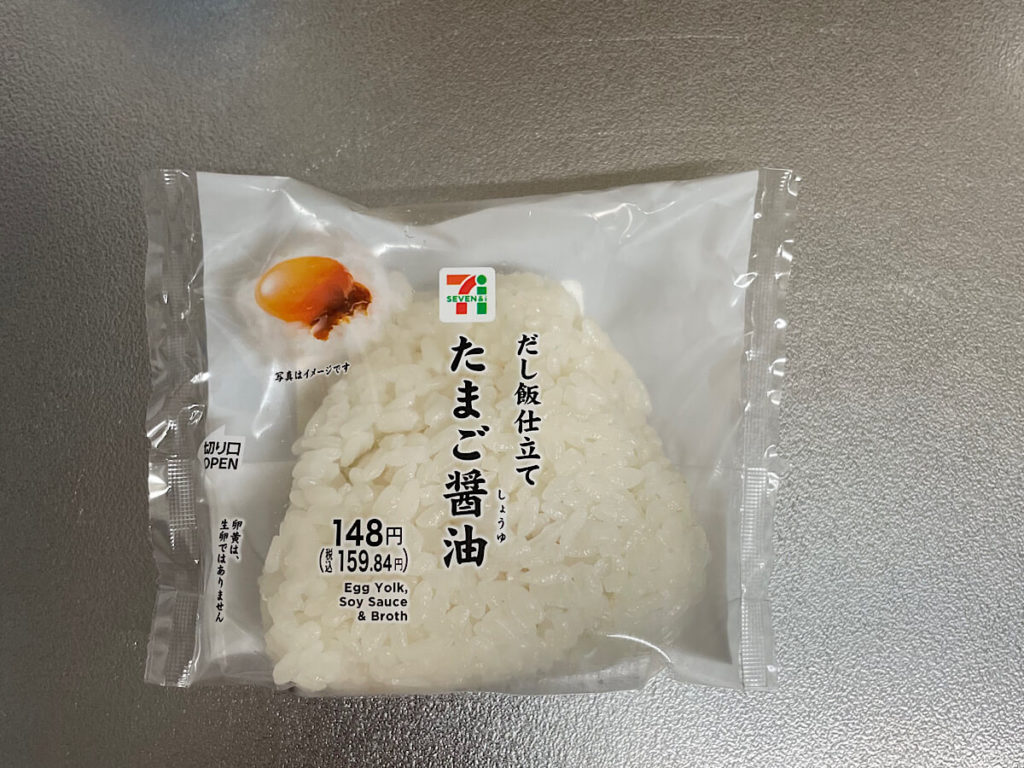
How was that? Onigiri is being sold in a lot of places, not only at conbinis but also at supermarkets and onigiri stands. This attests to how Japanese people love it. Also, you might find that the softness of rice is different depending on the food makers; this is how seriously they are looking for the best onigiri. Personally, I prefer onigiri at 7-Eleven, the rice has enough moisture and good texture. When you visit Japan, you might want to try onigiri. Conbinis are everywhere. I bet you can find your favorite onigiri. Which types of onigiri do you like? A simple one or a super-rich one that has tons of fillings? Thank you for taking the time to read my article to the end. See you soon!
I worked at a trading company for many years. I live in Tokyo with my wife. Love skiing, traveling, IPAs, wine , X-treme sports, fashion, and learning English and Chinese.

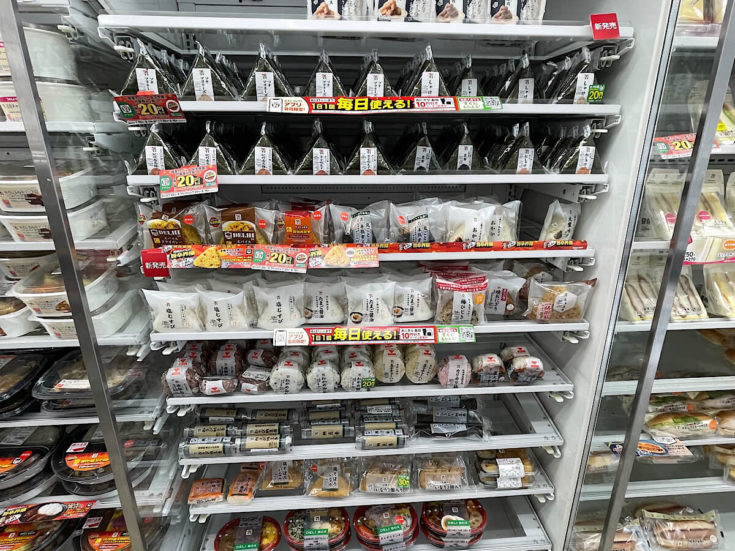



 HTJ has a YouTube page! Check it out
HTJ has a YouTube page! Check it out